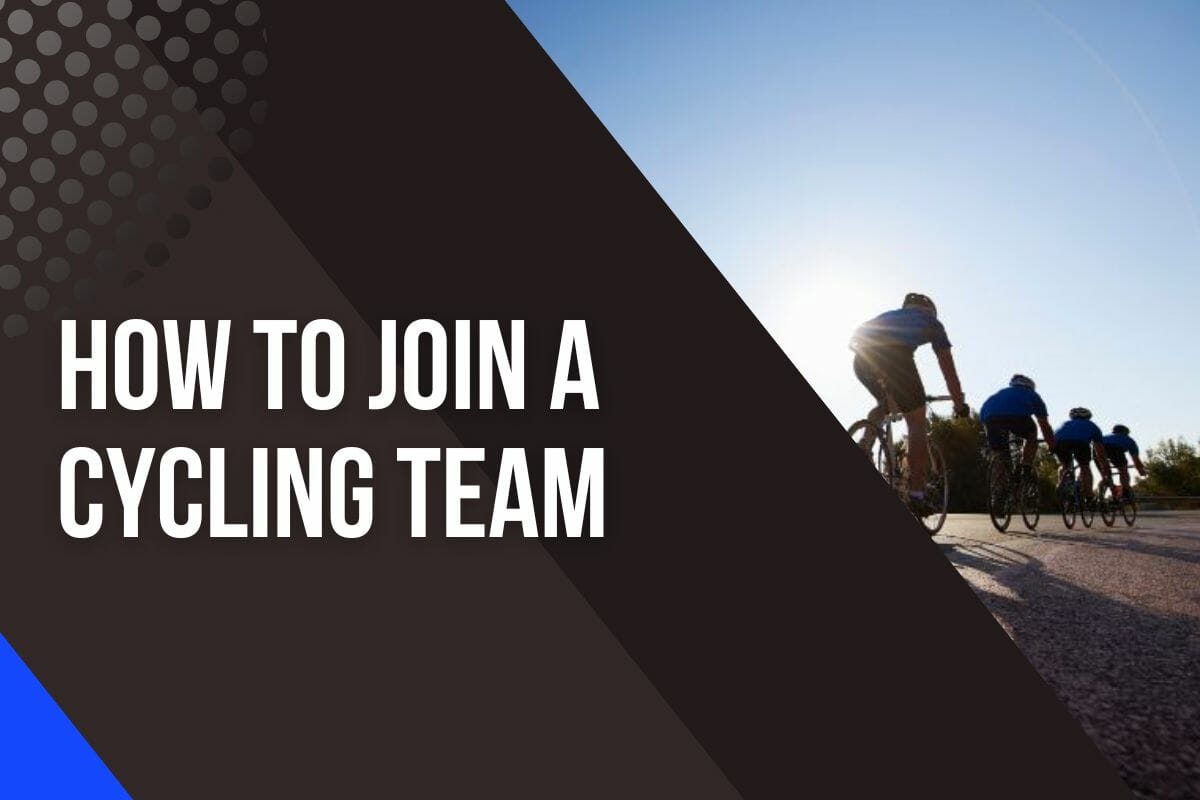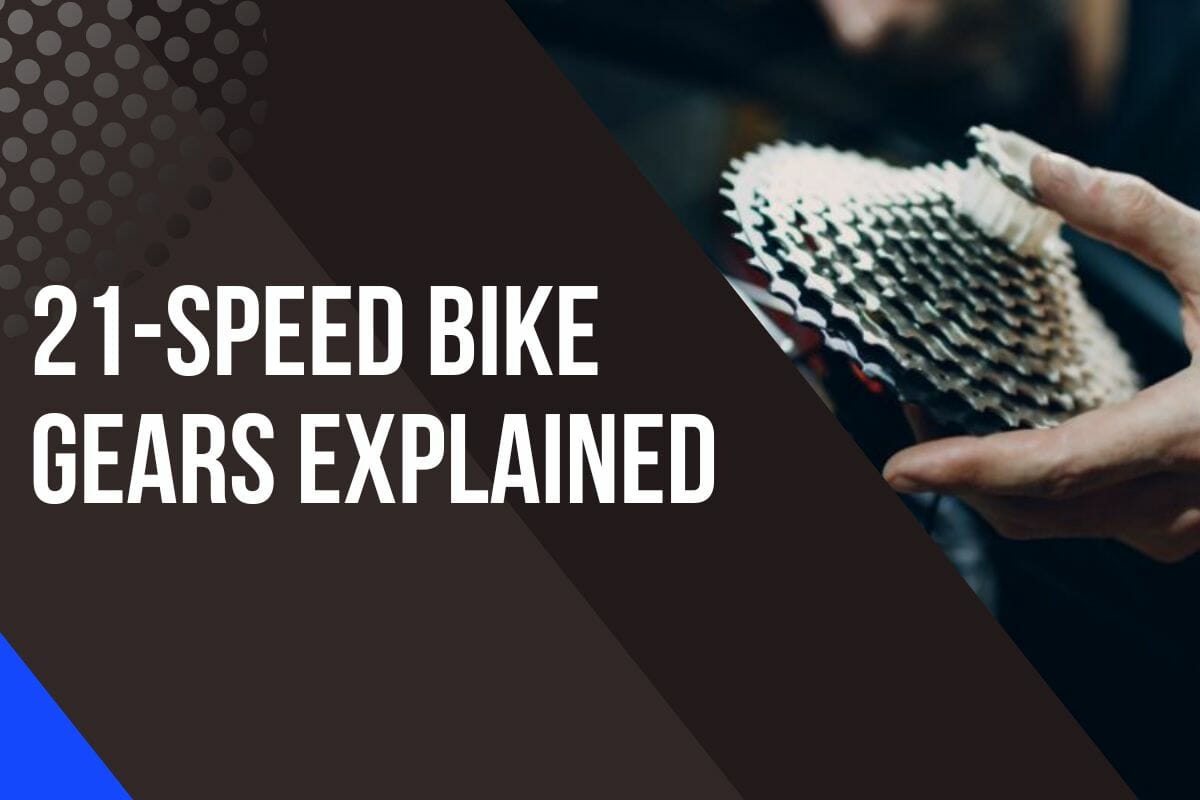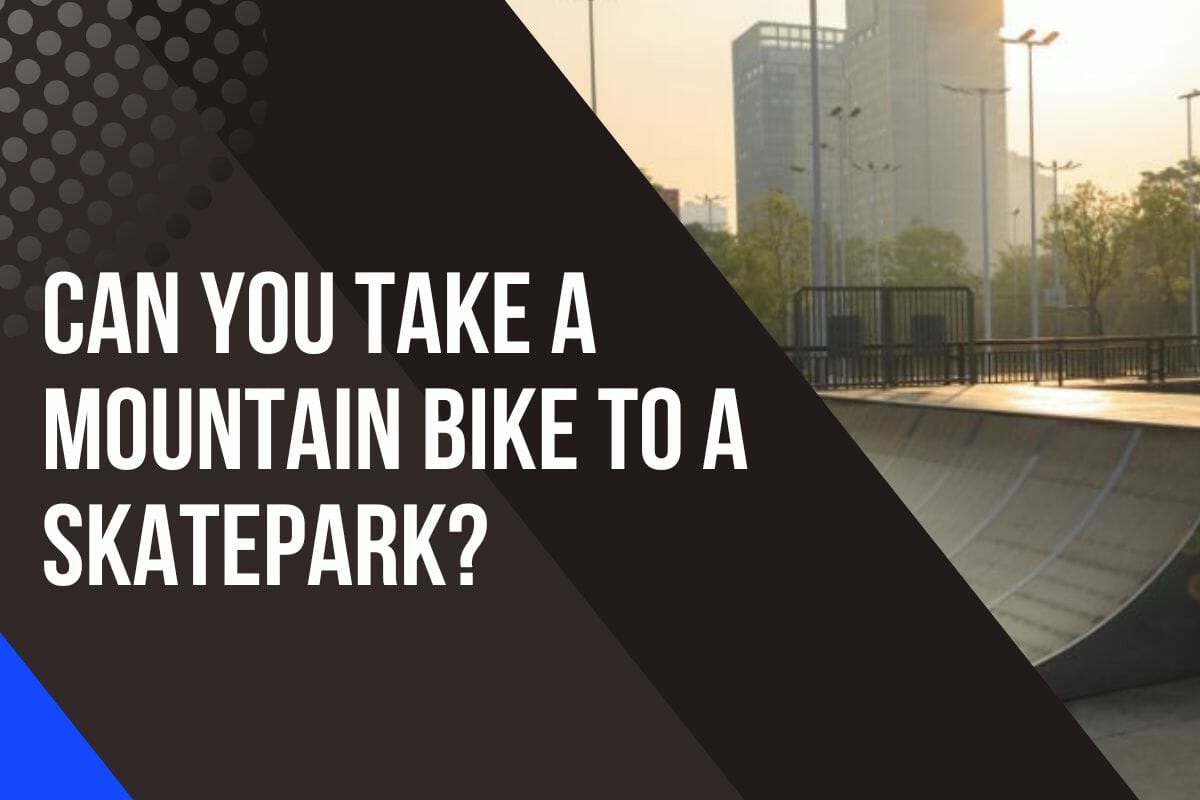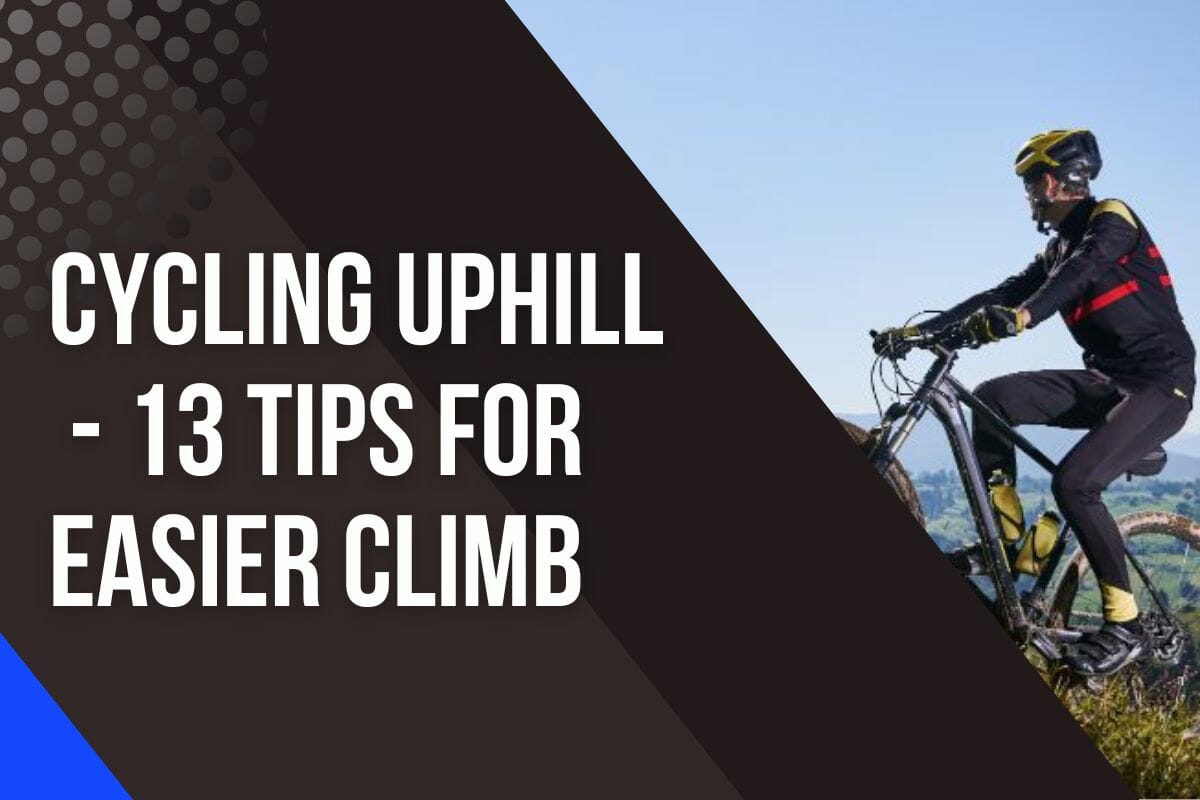What Is Enduro Mountain Biking?
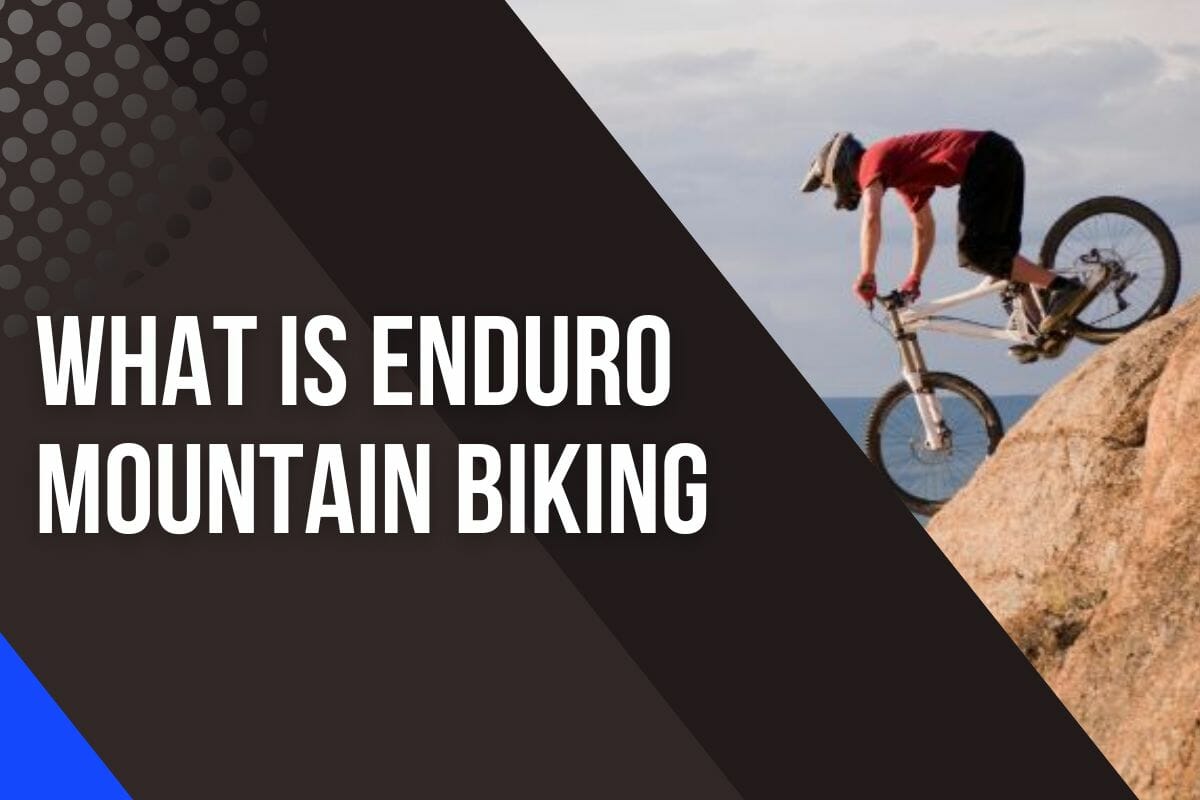
Have you ever heard of enduro mountain biking? If you’re familiar with traditional cross-country mountain biking, you might not know what sets enduro apart.
But trust me, this isn’t your average ride through the woods.
It’s a blend of downhill and cross-country riding, with timed stages and technical descents that will test even the most experienced riders.
If you’re looking for a new way to push your limits on the trails, enduro might be just what you need.
In this article, we’ll dive into the world of enduro mountain biking, exploring what makes it different from other disciplines, the gear you’ll need to get started, and some tips and tricks for tackling the trails.
What Is Enduro Racing?
Enduro mountain biking is a unique and exciting cycling discipline that combines timed downhill races with mandatory uphill transitions but not timed.
It is every mountain biker’s dream; combining challenging descents, technical climbs, rocky sections, and tight turns for an adrenaline-fuelled race. This type of terrain requires excellent bike handling skills and a high level of fitness.
This multi-stage format of racing spans anywhere from one to several days, with three to six stages throughout the day.

I absolutely love the challenge of staying fast and consistent throughout an enduro race. It’s not like downhill racing where you only get one shot at it, enduro gives you multiple stages to compete in.
This means more riding time and a chance to test your fitness on the transfers between stages. And the best part? You get to see how you stack up against everyone else at the end.
Forget about worrying about a clogged-up course, each rider starts 30 seconds apart which means it’s just you and the trail.
It’s not quite like XC or downhill, it’s a unique type of racing that requires a mix of skills. So, if you’re up for a challenge and want to push yourself to the limit, enduro racing is where it’s at.
Why Is Enduro So Great?
Enduro racing is gaining a lot of traction lately. It’s such a versatile discipline that caters to riders of all levels, from beginners to pros.
The beauty of enduro racing lies in its accessibility, allowing riders to race at their own pace while navigating multiple timed downhill stages and transfers.
It’s just you, your bike, and the clock. It’s a perfect opportunity to challenge yourself and push your limits, all while having a blast on your bike.
The timed downhill runs are where you really get to showcase your skills and speed, but it’s equally important to conserve energy during transfers.

This requires both physical and mental strength, which is what makes enduro racing such a fulfilling experience.
With the focus on riding time instead of pure speed, you have the chance to explore new trails and take on challenges that you might not have thought possible.
In contrast to other forms of mountain biking like cross-country, it’s pretty normal for riders to carry a pack while racing enduro. This is because enduro events often involve longer courses with several timed stages.
Carrying a pack helps riders stay hydrated and provides them with the necessary equipment to adjust their bike or fix a flat.
But enduro racing isn’t just about the ride – it’s also about the community. The atmosphere at Enduro races is welcoming, friendly, and supportive.
You’ll have the opportunity to meet like-minded individuals, make new friends, and share your passion for the sport.

And let’s not forget about the post-race celebrations, where you can bond over race talk and delicious food!
All in all, enduro mountain biking is the ultimate adventure that I highly recommend to anyone who loves cycling.
It’s a fun, challenging, and inclusive sport that will push you to be your best while providing unforgettable experiences on the trails.
Mash-Up Enduro
Mash-up enduro is a newbie-friendly style of enduro that you can find in many areas. Instead of the traditional format, riders are given more flexibility with fewer stages.
You can attempt each stage as many times as you want, and your best run counts towards the overall results.
But here’s the catch – there are no untimed practice sessions. That means every run counts, so you better bring your A-game!
This format encourages creativity and a freeform approach to the course, making it perfect for both seasoned pros and newbies.
What Do I Need To Race Enduro Mountain Biking?
So, you’re gearing up for an enduro mountain biking race? Before you hit those gnarly trails, the first thing you need to do is secure your race entry.
Make sure you read up on all the event rules and regulations, including any mandatory gear you’ll need to bring along, like a first aid kit.
Now, let’s talk about your protective gear. This is the stuff that’s going to keep you safe when you inevitably take a spill.
So, make sure you’ve got a full-face helmet, knee and elbow pads, and some eyewear to protect your precious peepers. And don’t forget, comfort is key here – you’ll be wearing this gear for extended periods of time.

Next up, you’re going to want to think about how to be self-sufficient. You’re going to be out there on those trails for hours, so be sure to pack enough food and water to keep you going.
Staying hydrated and fueled is crucial to maintaining your energy levels and preventing fatigue. Easy-to-carry snacks like energy bars or fruit are perfect for quick boosts of energy during short breaks.
But what about bike repair tools? You don’t want to be stranded out there on the trails with a flat tire and no way to fix it.
Make sure you bring along a method of tire repair and inflation, like a small pump or CO2 cartridge.
A multitool with a chain tool is also a must-have for fixing any mechanical issues that may arise. And don’t forget to pack an extra inner tube, just in case.
Finally, you’ll need to figure out how you’re going to carry all of your gear during the race. Some riders prefer a backpack with a hydration system and plenty of space for all their stuff.
Others opt for a bottle cage mount on their bike for additional hydration support, or a frame bag for extra storage space. Whatever you choose, make sure it’s comfortable and won’t interfere with your ride.
What Bike Is The Best For Enduro Mountain Biking?
Don’t worry about getting a brand-new bike for enduro. Your current bike might do just fine.
But, if you can’t handle a few hours on your local trails, enduro might not be for you. A full-suspension bike will give you more confidence on tricky descents.
Consider the terrain you’ll be riding on before choosing the suspension (100-140 mm or 140-160 mm). Beyond suspension, you should also consider the quality and type of the brakes (v-brakes or cantilever), tire selection, gearing, and adding a dropper post.

These are all crucial elements for a successful enduro ride. Brakes need to be powerful enough to stop you on steep hills, tires need to be durable and have excellent grip, and appropriate gearing will help you tackle any uphill climbs. Visually inspect your brake pads’ condition to check if they need replacement before hitting the trails.
A dropper seat post is not a must, but it’ll make your life easier during an enduro race. You’ll be able to easily adjust your body position over challenging terrain and focus on maintaining your momentum.
What’s The Difference Between Enduro And Trail Bikes?
While enduro and trail bikes may seem similar at first glance, these two styles actually have some key differences that make them better suited for different types of adventures.
Let’s start with enduro bikes. These bad boys are designed for tackling technical descents, with a forward-leaning riding position, slacker head tube angle, and longer wheelbase.
They also come equipped with more suspension travel (up to 180 mm), chain guides, wider handlebars, and dropper seat posts.
All of these features make them perfect for handling steep and rough terrain, but can make them a bit less nimble on tight turns and climbs.

On the other hand, trail bikes have a more rounded character, with a slightly more upright riding position, shorter wheelbase, and less slack head tube angle.
They typically have less suspension travel (120-150 mm), but are still more than capable of handling technical trails.
You’ll find wider tires, lightweight frames, and efficient components on these bikes, making them perfect for long-distance rides and riders who prioritize a smooth ride experience.

So, which one is right for you? It all depends on your riding style and preferences. If you’re a thrill-seeker who loves tackling steep descents and want to participate in enduro racing, definitely go for an enduro bike.
If you prefer a more comfortable ride and want to explore the trails for hours on end, a trail bike might be more your speed.
What To Wear When Enduro Mountain Biking
If you want to have a successful and safe enduro mountain biking experience, you need to dress appropriately and have the right gear.
In this section, I will summarize what you need to wear for enduro mountain biking.
Trust me, the weather conditions can change rapidly when you’re riding up and down hills all day long. So, it’s crucial to be prepared for all possible weather scenarios.
First things first, invest in a high-quality mountain biking jersey and shorts that provide comfort, flexibility, and reliable moisture-wicking.

Don’t forget to add additional layers like arm or leg warmers, a lightweight jacket or vest, and a breathable base layer to prepare yourself for colder temperatures, wind, or rain.
When it comes to helmets, you have two options: full-face and convertible helmets. If you’re the kind of rider that tackles steep descents and technical trails, I recommend a full-face helmet because it provides added protection for the face and chin.
On the other hand, a convertible helmet is the best of both worlds, allowing you to remove the chin guard for a more aerodynamic and lightweight helmet when not needed.
Safety should always come first, so don’t forget to wear knee pads and body armor to protect against any falls or crashes. Goggles are also crucial when riding on rugged terrain, preventing any dirt, debris, or branches from getting in your eyes.

And let’s not forget about gloves! They not only protect your hands during falls but also give you a better grip on the handlebars, which is essential for control and handling on challenging trails.
Lastly, eye protection is a must when riding in bright sun conditions or heavily wooded trails.
If you’re riding through the woods, clear or lightly tinted lenses are ideal, while darker lenses are best for extremely bright days.
Oh, and good grips on the handlebars are crucial for ultimate control! Don’t forget that.
My Verdict
Enduro mountain biking is a challenging and exciting form of mountain biking that requires a combination of skills and endurance.
It involves timed stages of downhill and uphill sections, with the total time determining the winner.
Enduro races are becoming increasingly popular all over the world, and with the right gear and preparation, anyone can enjoy this thrilling sport.
So, if you’re looking for a new adventure on two wheels, consider giving Enduro mountain biking a try (check out our ultimate guide on how to start with mountain biking)!
Ready to hit the trails? Check out our guide to essential mountain biking gear.
